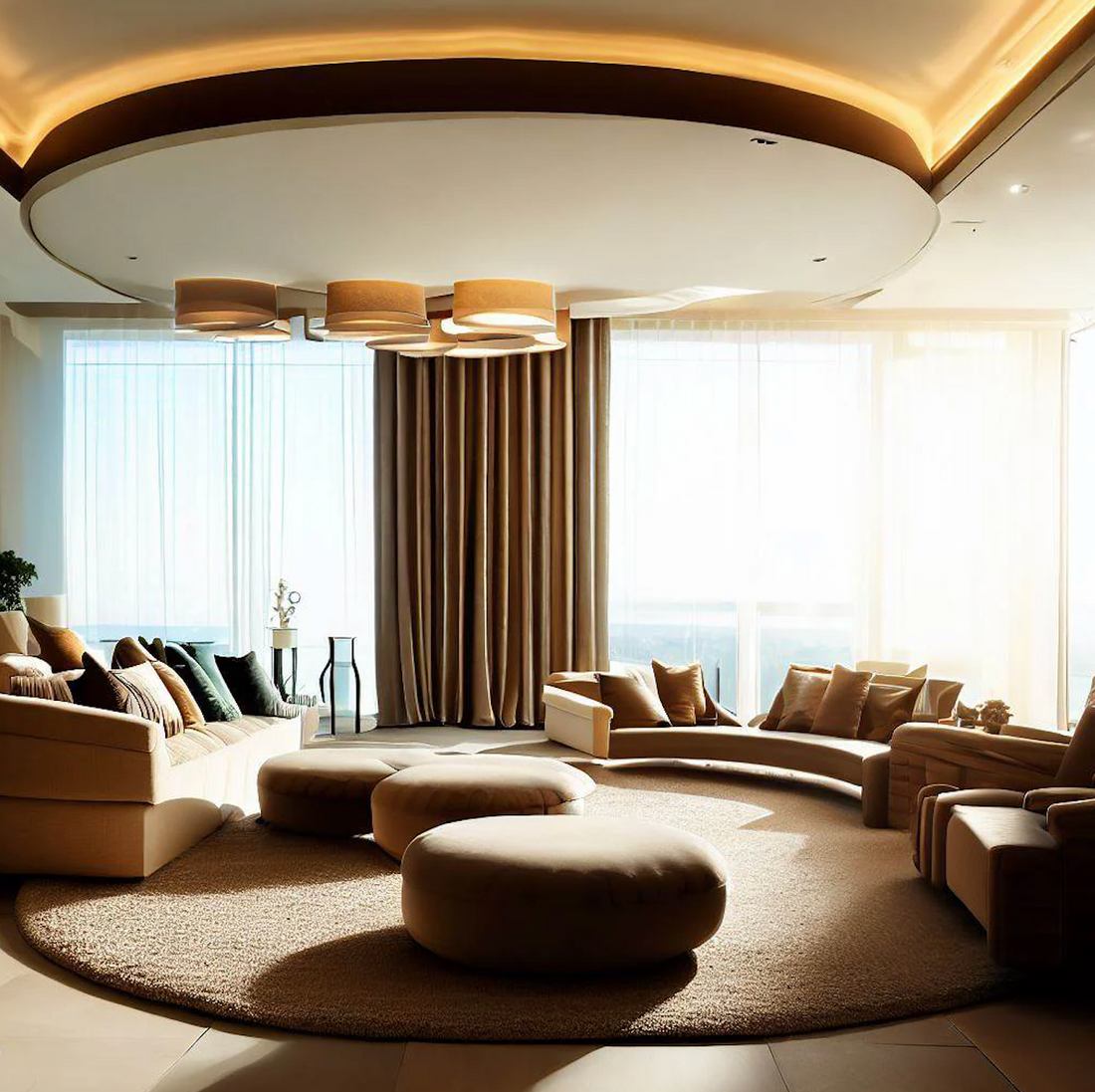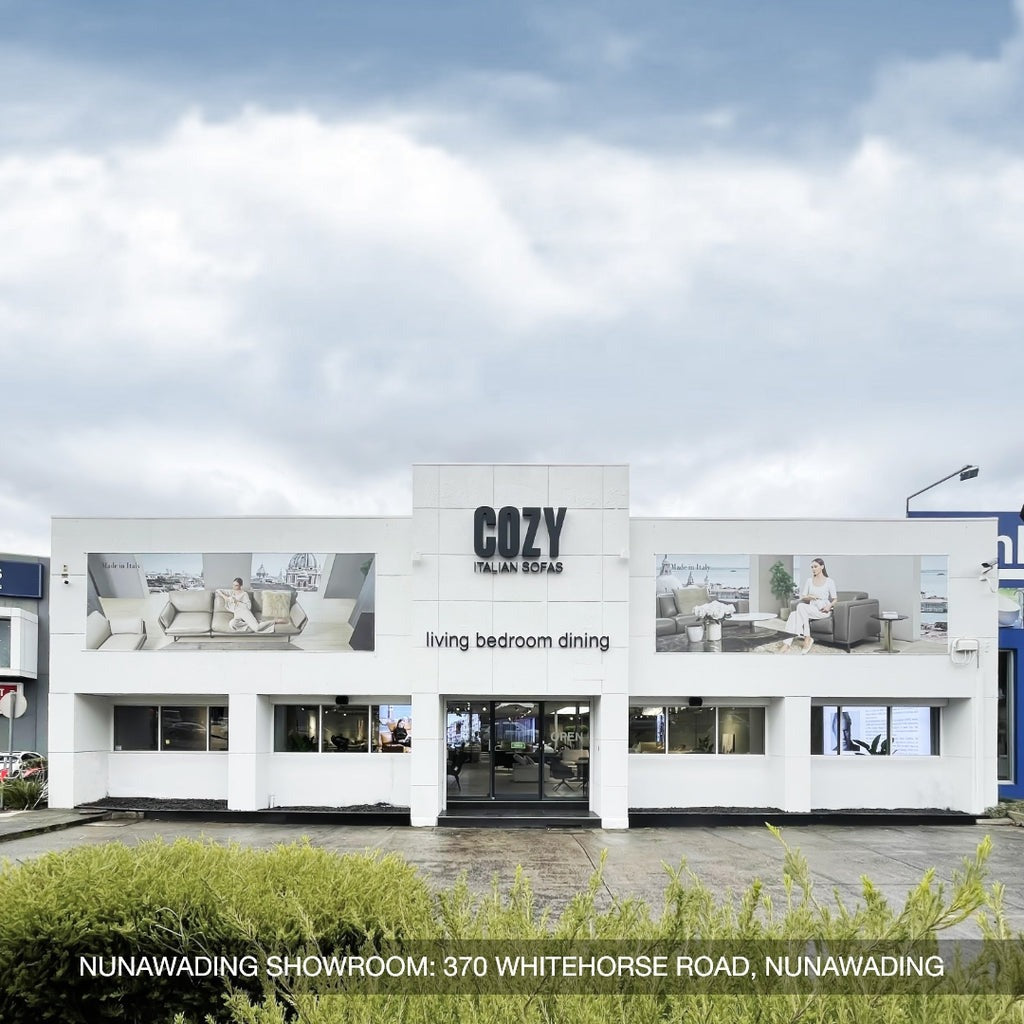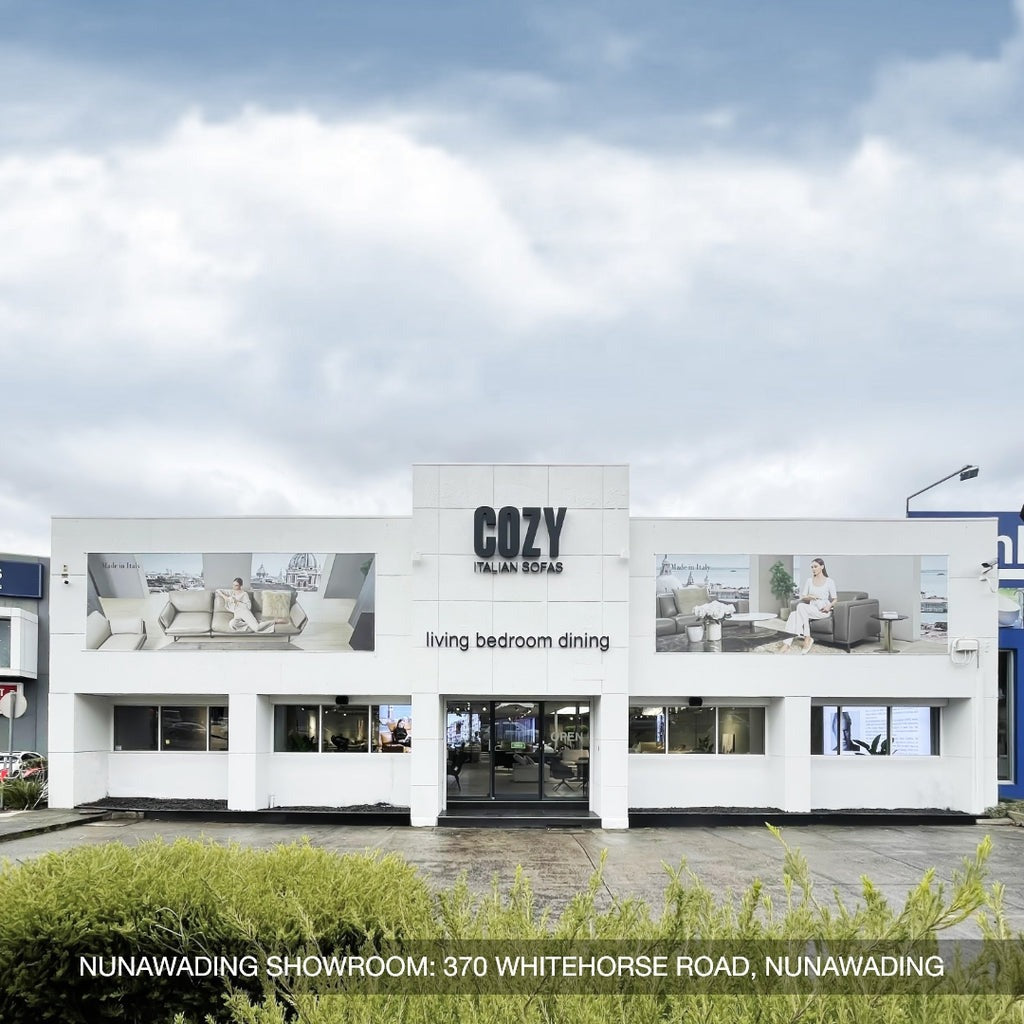Furniture arrangement can significantly influence our emotional well-being. The psychological effects of interior design are profound, shaping how we feel in our living spaces. By understanding the psychology of interior design, you can transform your home into a sanctuary that uplifts your spirits and promotes relaxation. Curious about how does interior design affect mood? Let's explore how the strategic placement of furniture can make a difference in your daily life, enhancing both comfort and happiness.
Connection Between Interior Design And Mental Health
The connection between design and emotions has been recognized for thousands of years, particularly in ancient Indian Vastu Shastra and Chinese Feng Shui furniture placement practices. These traditional systems emphasize how spatial arrangement and design influence emotional and psychological well-being. Similarly, Vastu Shastra prescribes specific design principles to create environments that support mental peace and emotional stability. These practices illustrate the enduring role of the psychology of interior design in enhancing emotional health.
Recent studies have reinforced the link between home design and emotional stability, showing that thoughtfully designed spaces can significantly affect mental health and well-being:
- Bruder Klaus Field Chapel by Peter Zumthor: This chapel uses construction methods that leave sensory imprints, such as smell and visual effects, enhancing the interior experience.
- Serpentine Pavilion by Peter Zumthor: This pavilion creates a meditative environment through a combination of dark hallways and a central garden, engaging bodily senses.
- Sensing Space by Kengo Kuma: Kuma's installation uses scents and materials to evoke cultural memories and sensory experiences.
- GC Prostho Museum Research Center by Kengo Kuma: This wooden structure uses light and shadow to create dynamic spatial experiences, emphasizing traditional Japanese architectural elements.
A well-designed living environment can help us achieve comfort and ease, whereas messy homes can stimulate the release of cortisol, a stress hormone. According to the psychology of interior design, organizing and personalizing our space reduces stress. For example, studies show that individuals in organized homes have lower cortisol levels, highlighting the importance of thoughtful home design for mental wellbeing.
Modern neuroscience is providing scientific backing to ancient practices, showing that spaces with natural light, vegetation, and certain spatial configurations can reduce stress and enhance well-being. Research in the psychology of interior design indicates that environments rich in greenery and natural light lead to lower cortisol levels, fostering a calming effect. Studies reveal that well-designed spaces improve mood and cognitive function, underscoring the critical connection between interior design and mental health.
The psychology of interior design shows that visual aesthetics can trigger emotional responses and stimulate the pleasure centers in the brain. Research in neuroscience reveals that well-designed spaces, rich in colors, textures, and harmonious layouts, can significantly enhance mental well-being. For instance, a study found that exposure to aesthetically pleasing environments reduced stress by 60% and increased feelings of happiness and relaxation by 45%.

Key Elements Affecting Mood
Sunlight
Natural sunlight plays a crucial role in our mental health. Exposure to sunlight increases the brain's release of serotonin, a hormone associated with boosting mood and helping a person feel calm and focused. A study by Brigham Young University found that people experience higher levels of mental distress in seasons with less sunlight. Incorporating large windows and using sheer curtains in your living room layout ideas can maximize sunlight, contributing significantly to a happier and more vibrant living space.
Sunlight exposure helps regulate the body's circadian rhythm, enhancing productivity during the day and improving sleep quality at night. Individuals exposed to natural light during the day tend to fall asleep faster and enjoy better sleep quality. Therefore, when planning your living room layout ideas, consider positioning your workspace near windows to harness the benefits of natural light.
Spaciousness
A spacious living environment can positively impact mood and creativity. Research from the University of Minnesota indicates that people in larger, more open spaces tend to think more freely and creatively. This effect can be achieved through effective interior design elements such as the use of light colors, strategic lighting, and mirrors that create an illusion of space.
Spaciousness doesn't necessarily require a large room; it can be attained by decluttering and organizing the space effectively. Proper furniture arrangement plays a vital role here. For instance, using multi-functional furniture and ensuring a clear pathway can make a room feel more open. The psychology of interior design suggests that a well-organized and clutter-free space reduces stress and enhances relaxation, making your living room a more inviting and comfortable area.
Plants And Flowers
Incorporating plants and flowers into your living room layout ideas can significantly enhance cognitive function. Plants in the workplace improve productivity by 15%. The presence of greenery helps improve concentration and memory retention, making it an essential interior design element for creating an effective and calming space.
The psychology of interior design strongly supports the inclusion of natural elements such as plants and flowers to reduce stress and elevate positive emotions. Interaction with indoor plants can reduce physiological and psychological stress. This makes plants and flowers not only aesthetically pleasing but also beneficial for mental health, contributing to a more serene and uplifting living environment.
Natural Elements
The inclusion of natural elements such as water, wind, fire, metal, and earth in interior design significantly impacts mood and well-being. The psychology of interior design emphasizes that these elements can create a serene and balanced environment. For instance, a water feature can introduce a sense of tranquility and relaxation, while a fireplace can add warmth and comfort.
These elements can be incorporated both literally and symbolically in interior design. Literal elements might include actual plants, water fountains, or wooden furniture, while symbolic representations could involve the use of colors, textures, and materials that evoke these natural elements. The psychology of interior design suggests that even abstract representations, such as artwork depicting natural scenes, can evoke similar calming effects and improve mood.
Color
Colors play a pivotal role in the psychology of interior design, as different hues can elicit specific emotional reactions. For example, blue often evokes feelings of calmness, serenity and enhances creativity, while red can stimulate energy, excitement and improve attention to detail.
The impact of color is also influenced by its saturation and brightness. High saturation colors are more stimulating and can energize a space, whereas low saturation colors are more soothing and restful. Bright colors tend to be uplifting and invigorating, while darker shades can create a cozy, intimate atmosphere.
Warm colors such as reds, yellows, and oranges can make a space feel physically warmer, enhancing feelings of comfort and coziness. Conversely, cool colors like greens, blues, and purples can create a sense of calm and make a room feel cooler.
Art
The presence of art in interior spaces can significantly enhance mood and mental health. Engaging with art can reduce stress and anxiety, providing therapeutic benefits. The psychology of interior design leverages this by incorporating artwork that resonates with the inhabitants, creating a more positive and uplifting environment.
Personal expressions through art, such as family photos, personal artwork, or chosen pieces that reflect personal taste, contribute to creating a welcoming and restorative space. These personal touches not only make a space feel more inviting but also reinforce a sense of identity and belonging, which is crucial for emotional well-being.
Interestingly, studies by University College London have shown that viewing art can trigger brain responses similar to those experienced when falling in love. This phenomenon is part of the psychology of interior design, where the right choice of art can evoke strong positive emotions, enhancing the overall ambiance and mood of a space.

Design Principles For Improved Mental Health And Mood
The psychology of interior design emphasizes the importance of designing spaces that cater to both social interaction and personal retreat. Environments supporting social connections can reduce feelings of loneliness and improve overall mental well-being. Simultaneously, having private areas allows individuals to recharge and practice self-care.
Natural light is a crucial element in the psychology of interior design, significantly impacting mood and mental health. Large windows, skylights, and strategically be should placed mirrors can help maximize natural light in a space, fostering a brighter and more uplifting environment.
Clutter can lead to feelings of stress and overwhelm, making it essential to maintain open and organized spaces. The psychology of interior design suggests that clutter-free environments promote relaxation and clarity of mind. Implementing open layouts, using multi-functional furniture, and ensuring proper storage solutions can create a more serene and functional living space.
Incorporating plants and natural elements into interior spaces has been shown to improve mental health and well-being. The presence of plants can reduce stress, improve air quality, and boost overall mood. Integrating elements like indoor plants, water features, and natural materials such as wood and stone can create a calming and rejuvenating environment.
Color psychology is a fundamental aspect of the psychology of interior design, as different colors can evoke specific emotional responses. Warm colors like reds and yellows can stimulate energy and warmth, while cool colors like blues and greens are known to have calming and soothing effects.
Displaying artwork, photographs, and other decor items that hold personal significance can profoundly affect mood and mental health. The psychology of interior design highlights that personal touches in decor can foster a sense of identity and belonging.
Conclusion
In conclusion, the way you arrange your furniture can significantly impact your mood and overall well-being. The psychological effects of interior design show that thoughtful furniture placement can create a sense of balance, reduce stress, and enhance comfort.
To discover how you can transform your living space into a sanctuary of calm and happiness, visit COZY and explore our range of products designed to enhance your home interior.





